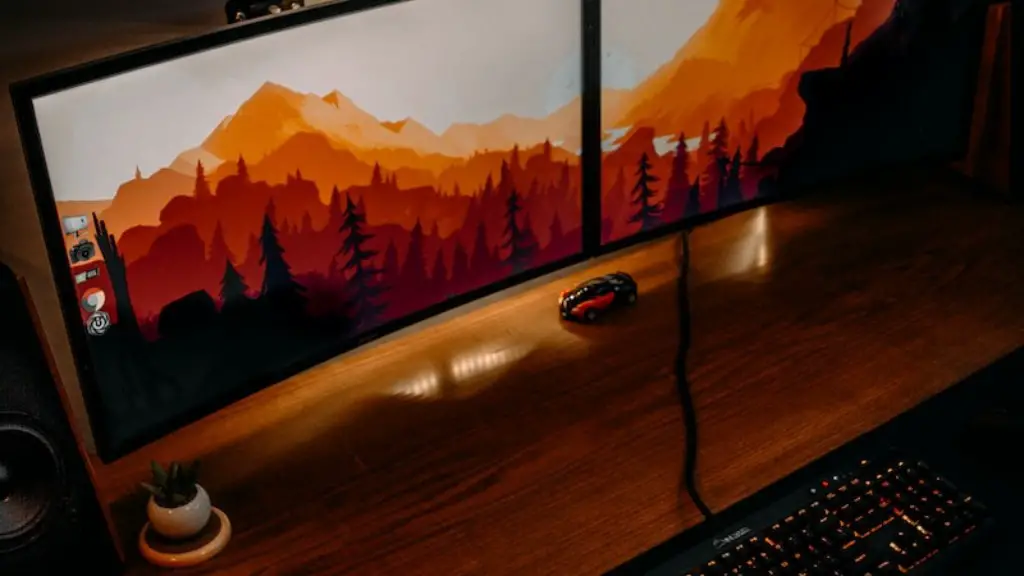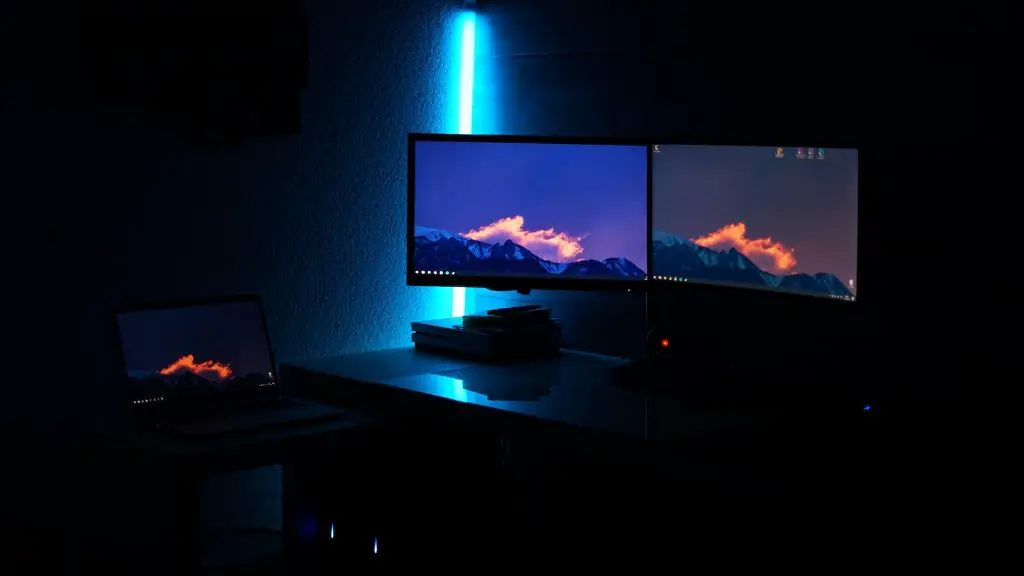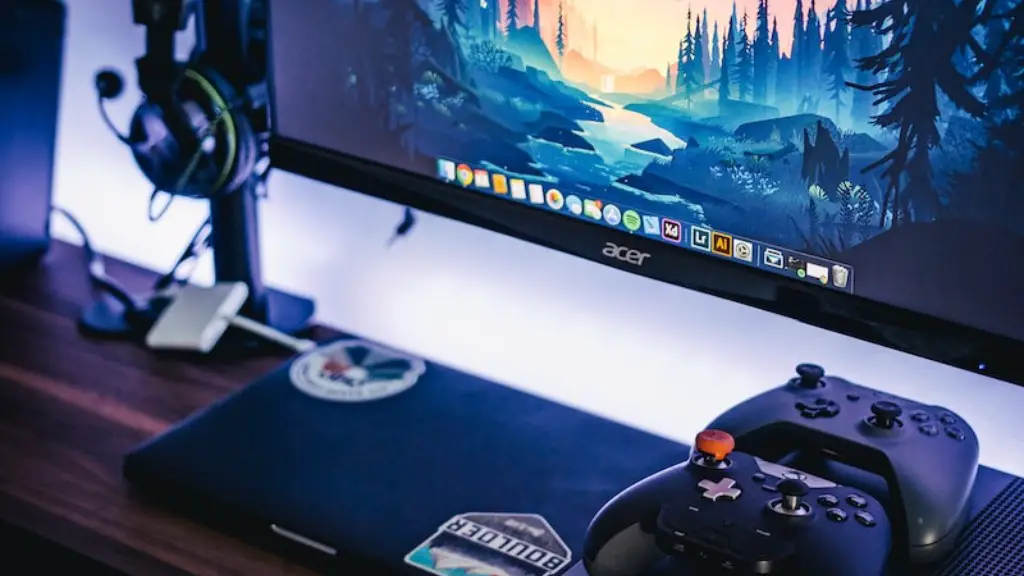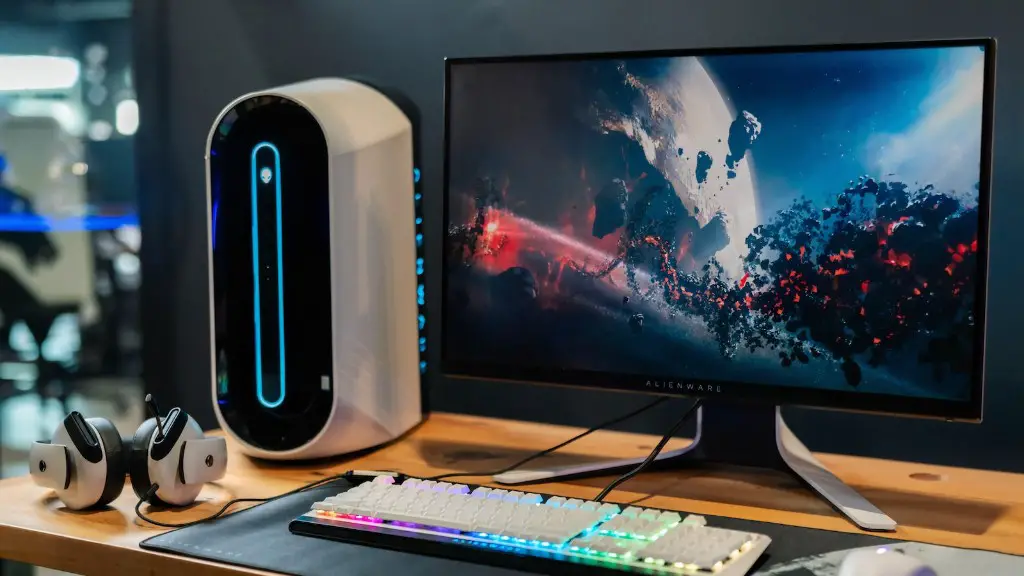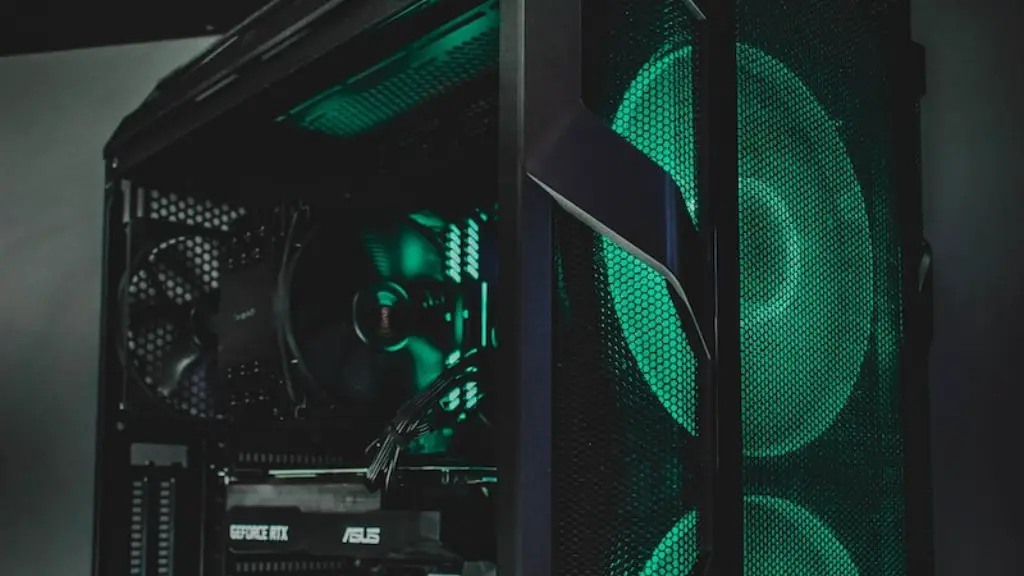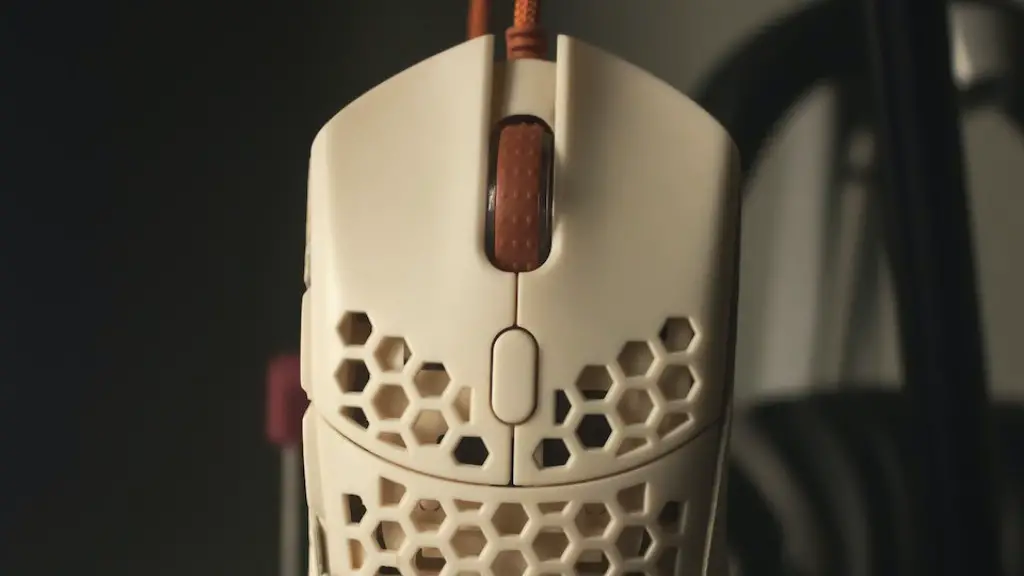Building your own gaming PC from scratch is a great way to save money and explore the ins and outs of PC building. With proper guidance and the right components, you can easily succeed in building a gaming PC that’s tailored to your performance and budget needs. Here are the steps to build your own gaming PC step-by-step.
1. Choose Your Processor. Your choice of processor will have a big impact on the performance of your gaming PC. At the moment, AMD and Intel are the dominant brands and both offer a range of entry-level to enthusiast-level CPUs. Consider what you plan to do with your gaming PC, how much you’re willing to spend, and then pick the most appropriate CPU for your chosen tasks.
2. Select Your Motherboard. After you’ve chosen a processor for your gaming PC, you’ll need to select a motherboard to go with it. You’ll want to select a board with the right socket type, RAM support and enough PCIe slots. Additionally, you’ll want to pay attention to features such as built-in Wi-Fi and USB Type-C ports.
3. Pick Your Graphics Card. Graphics cards are essential for any gaming PC, as they are the core component that processes and renders all the graphics in your games. When selecting a graphics card, you’ll want to consider the type of graphics card (such as AMD Radeon or Nvidia GeForce), the graphics memory, the number of CUDA cores, and the clock speed.
4. Choose Your RAM. RAM, or Random Access Memory, is the physical memory of your gaming PC. It is the volatile, temporary memory that temporarily stores data that is processed on the computer. When choosing RAM for your gaming PC, consider the type of memory (such as DDR4 or DDR3), the amount of memory, the speed, and whether it supports dual or quad-channel.
5. Select Your Storage. The storage is the non-volatile memory of your gaming PC, which is where all your files, documents, and programs will be stored. When picking out a storage drive, consider the type of drive, such as an HDD, SDD or NVMe, the speed, and the capacity.
6. Put Everything Together. Now that you’ve selected the major components of your gaming PC, you can start putting it together. Assemble the components according to their instructions and connect the necessary cables. Make sure to install the processor on the motherboard, install the RAM into the slots, install the graphics card, install the storage drive and boot drive, and then attach all the necessary cables.
7. Install the Operating System and Games. After you’ve finished assembling the hardware components, you’ll need to install the operating system and any games you plan to play. For operating systems, Microsoft Windows and Linux are the two most popular choices for gaming PCs, although Mac OS is also an option. Once the operating system and games are installed, you’ll be ready to enjoy your new gaming PC.
Additional Steps for Building Your Own Gaming PC
Building your own gaming PC requires patience and planning. After you’ve put together the basic components of the PC, there are several other steps you can take to make it better suited for your gaming needs.
1. Install a CPU Cooler. Installing a CPU cooler is an essential step if you want your gaming PC to stay running at peak performance. With a good cooler, your CPU will be able to run faster without crashing or overheating. There are a variety of different coolers you can choose from, ranging from basic air coolers to more expensive, sophisticated liquid coolers.
2. Upgrade the Power Supply. The power supply is an often-overlooked component of PCs, but it is critical for powering your gaming PC and keeping it stable. Make sure the power supply you choose is capable of providing enough power for your CPU and graphics card. It should also be efficient and have enough connections for the components you plan to add.
3. Install a High-Loading Hard Drive. If you’re looking to save money and improve your gaming performance, then installing a high-performance hard drive is a great option. Hard drives with greater loading speeds and larger storage capacities are best for gaming PCs and can reduce load times and minimize stuttering and lag.
4. Add a Solid-State Drive. Adding a solid-state drive (SSD) is another great way to improve the performance of your gaming PC. SSDs are much faster than traditional hard drives and can drastically improve loading times and boost in-game performance.
5. Install a Wi-Fi Adapter. If your motherboard doesn’t have built-in Wi-Fi support, then you’ll have to install an adapter to get access to the internet. Wi-Fi adapters come in a variety of speeds and features, so make sure you pick one that’s capable of providing the performance and speed you need for gaming.
Building the PC Case for Your Gaming PC
Your PC case is the housing for all your gaming PC components, and choosing the right one can make or break your gaming experience. When selecting a PC case, consider factors such as ventilation, airflow, noise, and size. You may also want to consider options like RGB lighting, tempered glass panels, and cable management.
1. Consider Ventilation and Airflow. When looking for a gaming PC case, one of the most important considerations is how well it supports ventilation. Look for cases with plenty of fans and air vents to ensure your components don’t get too hot. You also want to consider the airflow, which is how the fans move the air in and out of the case.
2. Look for Soundproofing Features. If you’re looking for a quiet gaming experience, then soundproofing features in your PC case will be important. Look for case dampening material and sound-deadening panels to insure your gaming PC runs as silent as possible.
3. Select a Case with RGB Lighting. RGB lighting is a great way to customize the look of your gaming PC and make it stand out in a crowd. Look for cases that come with integrated RGB lights or cases with support for RGB lighting strips. You can also opt for pre-installed lighting or aftermarket options.
4. Choose a Case with Tempered Glass Panels. Tempered glass panels are a popular choice for gaming PCs and allow you to show off the insides of your rig. Look for tempered glass panels with a scratch-resistant coating to ensure they stay looking their best for longer.
5. Make Sure There’s Cable Management. Proper cable management is also important when constructing your gaming PC. Look for PC cases with cable routing cutouts and tie-downs to help keep your cables organized and reduce clutter.
Optimizing Your Gaming PC
Once you’ve built your gaming PC, you can take steps to optimize its performance. Make sure to keep your PC’s drivers up to date, use optimization software to free up memory and storage space, and consider overclocking your CPU and GPU for improved performance.
1. Keep Your Drivers Up To Date. Outdated drivers can slow down your gaming PC and cause performance issues. To keep your gaming PC running optimally, make sure to regularly check and install any new driver and firmware updates released by the hardware manufacturers.
2. Use Optimization Software. Optimization software is a great way to help keep your gaming PC running smoothly. Such programs can scan your system and identify any issues, as well as provide tools to fix them. Additionally, they can help you free up storage space, reduce startup applications, and improve system performance.
3. Consider Overclocking Your CPU and GPU. Overclocking is a great way to get more performance from your gaming PC. This involves manually increasing the clock speed of your processor and graphics card to push them to their maximum potential. Of course, overclocking can increase heat, consume more power and void your warranty, so make sure to do your research before attempting it.
4. Increase Your System Memory. Increasing your system’s RAM is a great way to improve performance and ensure your gaming PC can handle multiple tasks and applications. If you’re looking for an easy way to increase your gaming PC’s performance, then adding an extra stick or two of RAM may be the right choice for you.
5. Install a Good Quality Computer Chair and Desk. Investing in a good quality computer chair and desk setup makes a big difference when it comes to playing your games. A quality chair and desk keep you comfortable and provide ample space for you to setup your gaming devices and enjoy your gaming sessions.
